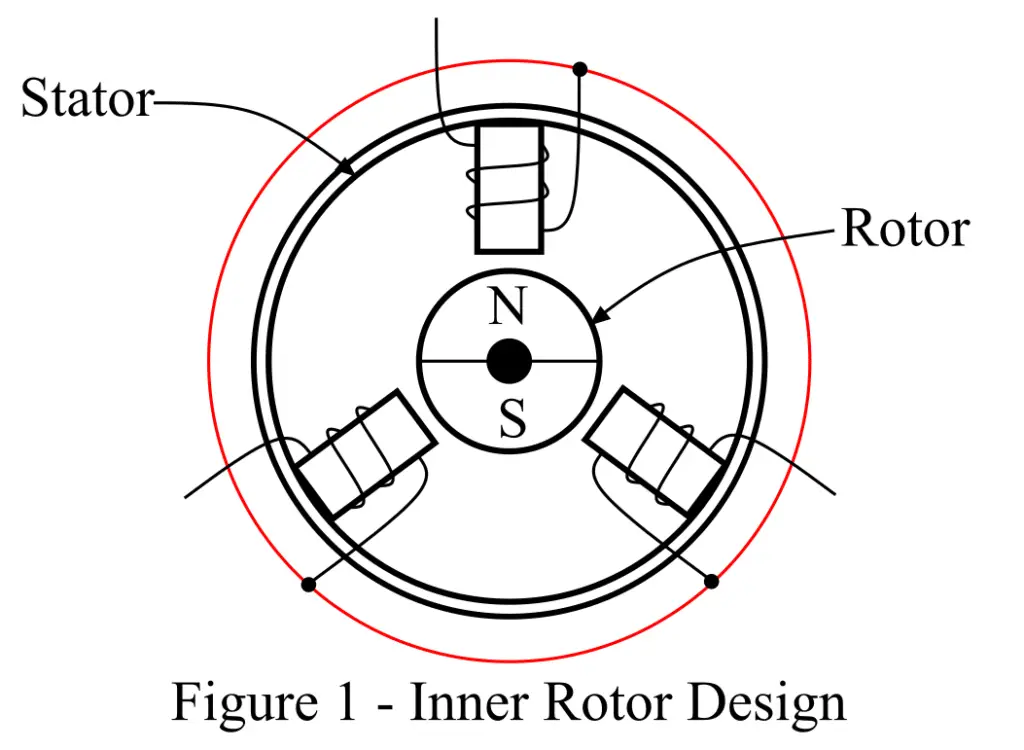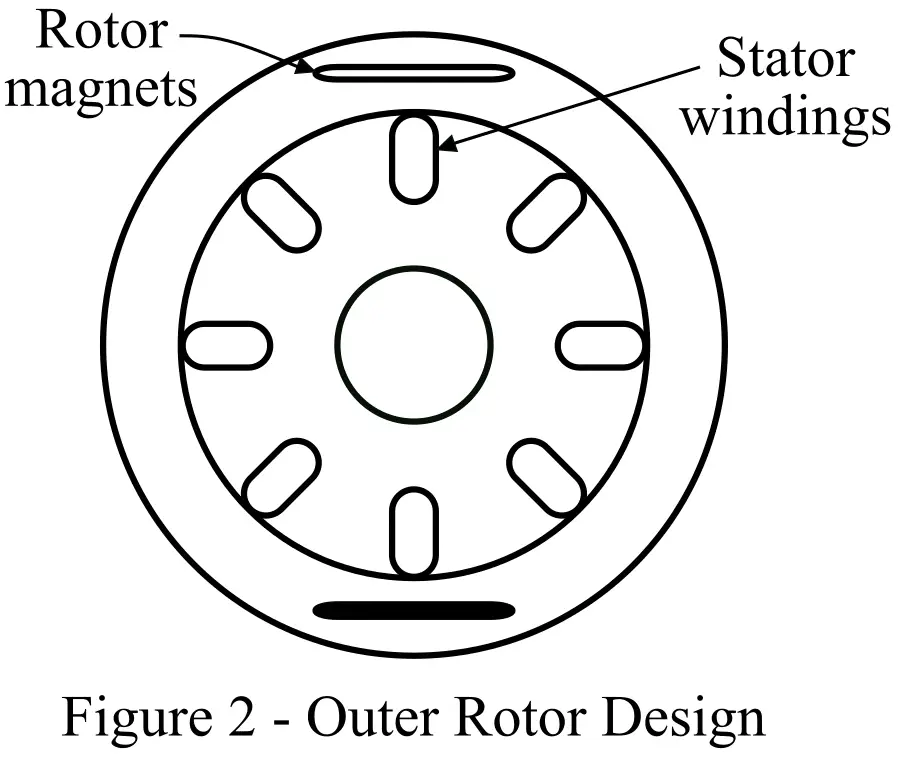In this article, we shall learn about brushless DC Motors (BLDC Motors) , their definition, construction, working, and applications.
An electric motor is an electromechanical energy conversion device that converts electrical energy into mechanical energy. Depending on the types of supply, construction, and applications, electric motors are classified into different AC motors, DC motors, induction motors, synchronous motors, etc. This article mainly describes all the concepts of brushless DC or BLDC motors.
What is a Brushless DC Motor?
A brushless DC motor abbreviated as BLDC motor is an electric motor powered by a direct current (DC) electric supply and is commutated electronically instead of mechanical commutation like in a conventional DC motor.
The BLDC motors use more advanced technology, hence these are more powerful than the conventional DC motors. Consequently, these motors have wide use in several practical applications.
Working of BLDC Motor
Like any other motor, a brushless DC motor also consists of two main parts: stator and rotor. The stator of the BLDC motor carries stator winding distributed around the periphery of the stator. The rotor has permanent magnets, where, the number of magnetic pole pairs can vary from 2 to 8 depending on the application and requirement. It also consists of a hall-effect sensor to provide the information to synchronize the stator excitation with the rotor position.
When the stator winding is energized, it becomes an electromagnet and produces a uniform magnetic field in the air gap. Since the input supply is DC, thus it needs to be converted into AC. This conversion is performed by using an electronic commutator (controller). Now, the magnetic field of the stator and that of the rotor interact with each other to rotate the rotor. Here, the hall-effect sensor provides feedback about the shaft position to the electronic controller unit. Depending on the signal received from the sensor, the controller decides on a specific coil to energize. In this way, a BLDC motor operates.
Types of Brushless DC Motors
Based on the design, the BLDC motors are classified into the following two types namely-
- Inner Rotor BLDC Motor
- Outer Rotor BLDC Motor
Inner Rotor BLDC Motor

In this type of BLDC motor, the rotor is present in the center of the motor, and the stator windings surround it as shown in the figure-1. In this motor, the rotor is located in the core, As a result, the rotor magnets do not insulate heat inside the motor, so the heat gets dissipated easily. Therefore, the inner rotor BLDC motors are designed to produce high torque and are widely used in different applications
Outer Rotor BLDC Motor
In the outer rotor BLDC motor, the rotor surrounds the windings that are present in the core of the motor as shown in the figure-2.

In this type of BLDC motor, the rotor magnets lock the heat inside the motor and do not allow it to dissipate. Consequently, these types of BLDC motors are designed to operate at lower currents and torque.
Advantages of BLDC Motors
The following are the main advantages of brushless DC motors:
- BLDC motors have high efficiency as compared to brushed DC motors.
- There is no problem of sparking in the brushless DC motors due to the absence of carbon brushes and a commutator.
- They have relatively quiet operation. Thus, BLDC motors produce less noise while operating.
- BLDC motors can operate at high-speed under any operating conditions.
- In the case of brushless DC motors, the acceleration and deceleration are easy due to low rotor inertia.
- Brushless DC motors are more reliable.
- BLDC motors can produce high torques over a wide range of speeds.
Disadvantages of BLDC Motors
The following are some major disadvantages of brushless DC motors:
- Brushless DC motors are more expensive than brushed DC motors.
- We cannot supply uncontrolled high power to BLDC motors because it could damage the magnets and insulation in the motor.
Applications of BLDC Motors
Present day, brushless DC motors are being extensively used in several applications, some of them are listed below:
- Brushless motors are being used in modern home appliances such as fans, pumps, blowers, etc.
- These are used in computer hard disc drives, CD or DVD drives, etc.
- Brushless DC motors are also used in automotive such as in power steering and many other electric vehicles.
- These are also used in robotics, CNC machine tools, belt drive systems, and in many other industrial applications.